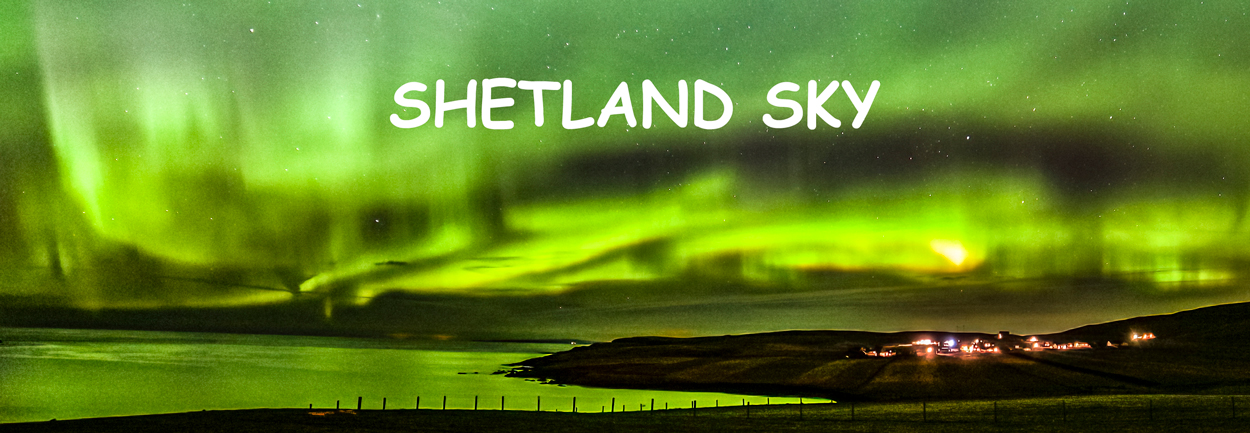An arrival of any meteorite will have gone through the
atmosphere at a great rate of speed, friction brings the surface temperature to
7,000 degrees and it starts to break up and vapourises and melts. As it nears
the earth it is still breaking up and fragments are scattered over a large area
but the larger stones hit the ground at speed and form impact craters.
It’s very difficult to estimate how many hit the earth as
many are destroyed in the high atmosphere, and those that do are usually very
small and never located. Some damage has been recorded where small pieces have
hit roofs, even a boat was hit in Japan in 1991, but no one has ever been
killed
When you think that two thirds of all meteorites are lost in
the sea, then the other third, about 6 meteorites a year are over land and
might be seen and recovered.
Impact craters can be found around the globe and on other
planets. Larger planets such as Earth have around 150 craters while the Moon
and Mars, although smaller have many thousand. On the Moon there is no erosion,
no soil movement so any crater unless it is destroyed by a bigger crater will
stay in place for ever.
Some famous meteorite hits include the Tunguska explosion on
1908, where 2,000 Km of forest lay flat, the Arizona hit which cause a crater
1,300 m wide and 175 m deep and of cause the meteorite that hit Shetland!!!!
The Shetland one is less well known and hit the St Magnus
bay area. In the middle of the bay is a deep depression filled with sedimentary
rock much softer than the rocks that we find surrounding it in Shetland.
Over the past two million years ice has eroded it leaving a
hole twice as deep as the surrounding seabed. But what made the older and
deeper hole found in these harder rocks, could have been a meteorite? (Shetland
library)
St Magnus Bay
Only one way for it, we need to borrow a Tardis and travel
back in time, luckily I managed to find one just up the road.
Observing the night sky takes a lot of dedication and having
a good dark site and equipment is a must, that why in the 19th Century Arthur
Nicholson built an observatory at Brough Lodge on Fetlar. Today you can find
one of the lenses to the telescope at the Fetlar Interpretative centre.
Brough Lodge observatory
I have not found many clear skies on the east side of the
mainland and those that have occurred have been plagued by the wind. At the
Fetlar observatory he would have had protection from the wind in the tower but
may have suffered with a limited number of viewing nights.
If you are into astronomy then please let me know which part
of Shetland you view from and roughly how many nights a year you can observe.
Back in Sheffield some astronomers only had 12 viewing nights a year due to the
weather and other commitments.





